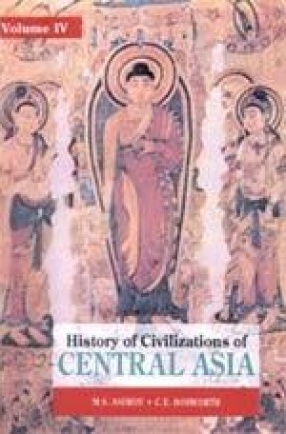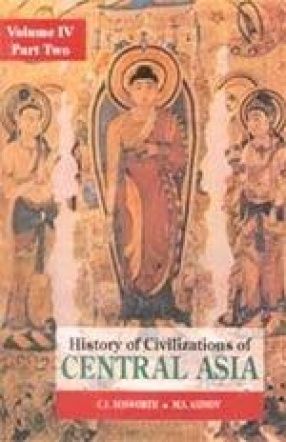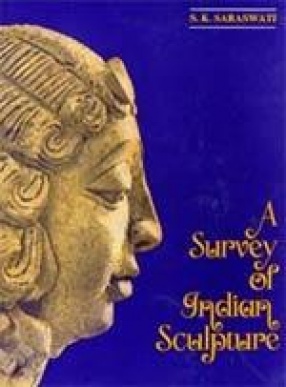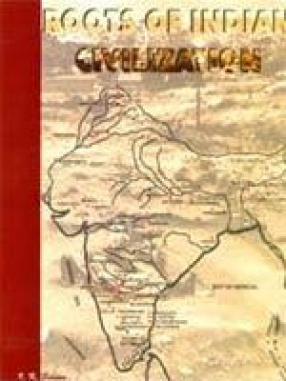Volume IV of the History of Civilizations of Central Asia covers some eight centuries during which the new faith of Islam arose, affecting, over a long period of time, much of Central Asia, the southern fringes of Siberia and the eastern regions of China, and competing in these areas with older established faiths. The expansion of the peoples of what is now the Mongolian region and the lands around Lake Baikal—first the Turks, then the Kitans and finally the Mongols was of a wider, international significance. The westward migrations of Turkic tribal nomads were to have longterm effects on the ethnic and social composition of the lands running westwards from Afghanistan through Iran to Anatolia. Turkish, and to a much lesser extent Mongol military expansion south of the Oxus river into what is now Afghanistan and northern India was also to have lasting political effects on these regions. The changes brought about by the movements of Turkish peoples were accelerated by the Mongol invasions of the thirteenth century. The region had always been content to absorb influences from the surrounding civilizations. In the long run, however, it was Lamaist Buddhism which established itself in the Mongolian region and in Tibet, and Islam among the Turkish peoples of Transoxania, southern Siberia and Xinjiang. It was in eastern Europe above all in Russia, that the constituting of the Turco-Mongol Golden Horde was to have a major, enduring influence on the course of the region’s history.
History of Civilizations of Central Asia (Volume IV, Part 2)
Volume IV, Part One, of this ...
$81.00
$90.00






There are no reviews yet.